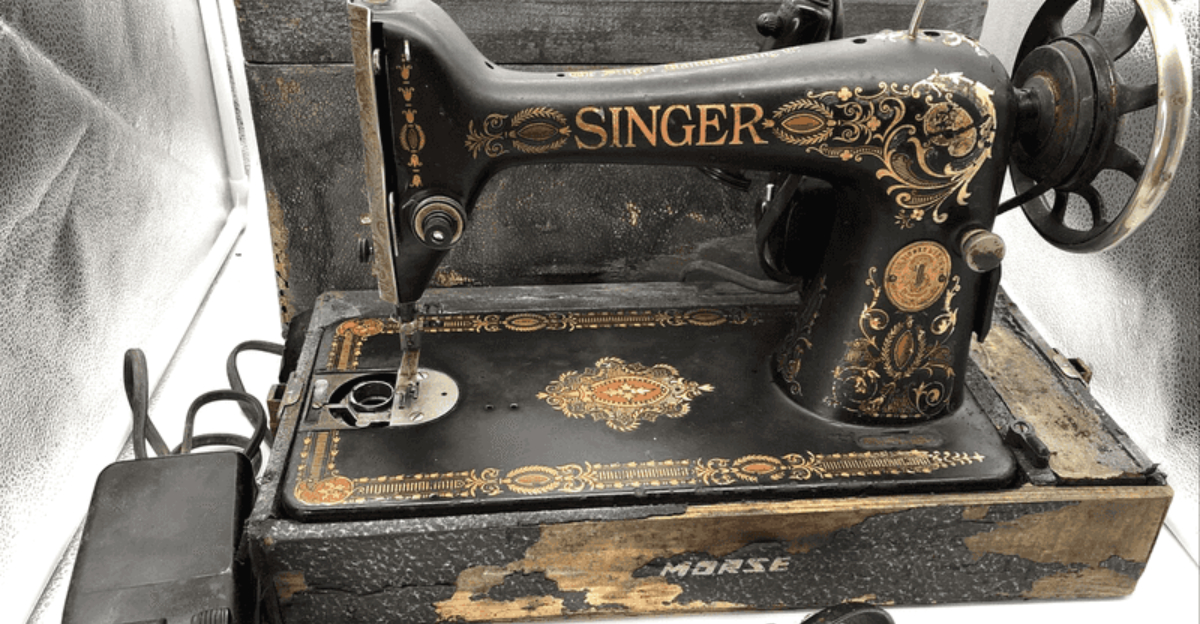Antique lovers, brace yourselves—the market’s doing somersaults again. What once fetched top dollar might soon be banished to the flea market bargain bin. Tastes change, trends rotate faster than a lazy Susan, and Gen Z collectors aren’t clamoring for grandma’s curio cabinet.
We’ve sized up the scene and spotted 17 antiques about to take a value dip in 2025—and 5 that could flatline altogether. Whether you’re a seasoned picker or just inherited a house full of “heirlooms,” this is your no-nonsense forecast. Dust it off or let it go? Let’s find out.
1. Mass-Produced Victorian Furniture
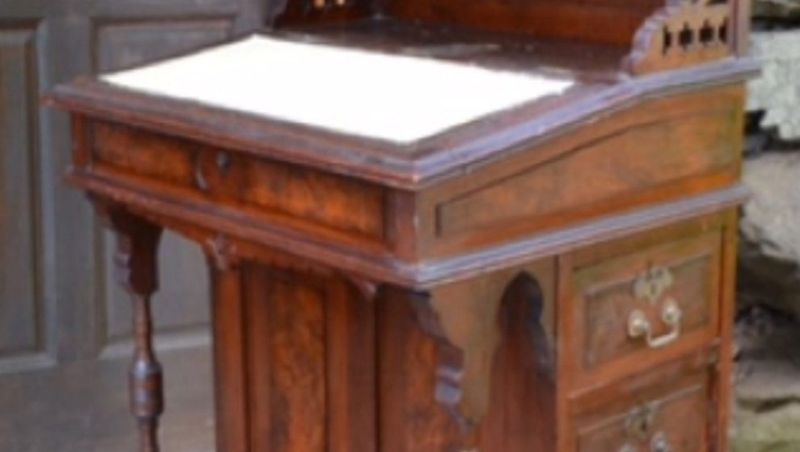
Factory-made Victorian pieces are losing their appeal faster than you can say “mahogany.” Once considered charming period pieces, these ornate furnishings now struggle to find homes in modern, minimalist spaces.
Younger collectors prefer cleaner lines and sustainable materials. Even authentic pieces from the era are seeing price drops of 30-40% at auctions nationwide.
2. Hummel Figurines
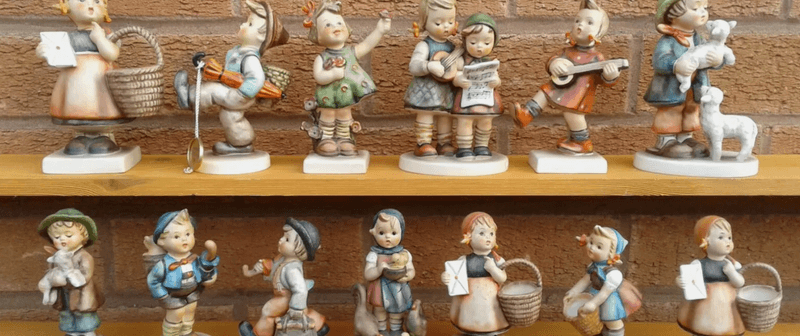
Remember those adorable German porcelain children that grandma treasured? Their market is crumbling faster than stale cookies. Once commanding hundreds or even thousands, many now sell for pennies on the dollar.
Baby boomers downsizing have flooded the market. Meanwhile, younger collectors show zero interest in these dust-collecting knickknacks that scream “old-fashioned” rather than “vintage chic.”
3. Thomas Kinkade Prints
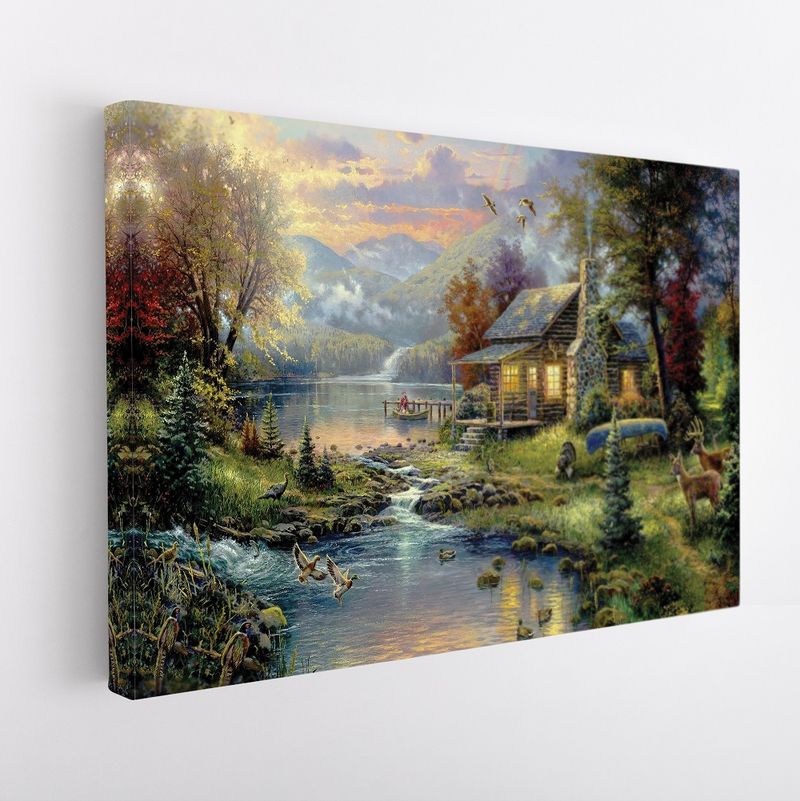
The “Painter of Light” might need to switch off the lamp soon. Those mass-produced prints of cottages and landscapes that once adorned countless walls are fading faster than the actual paint.
Authentication certificates don’t help much anymore. Mass production and changing tastes have sent values plummeting, with limited editions that once sold for $1,000+ now barely fetching $100 at estate sales.
4. Precious Moments Figurines
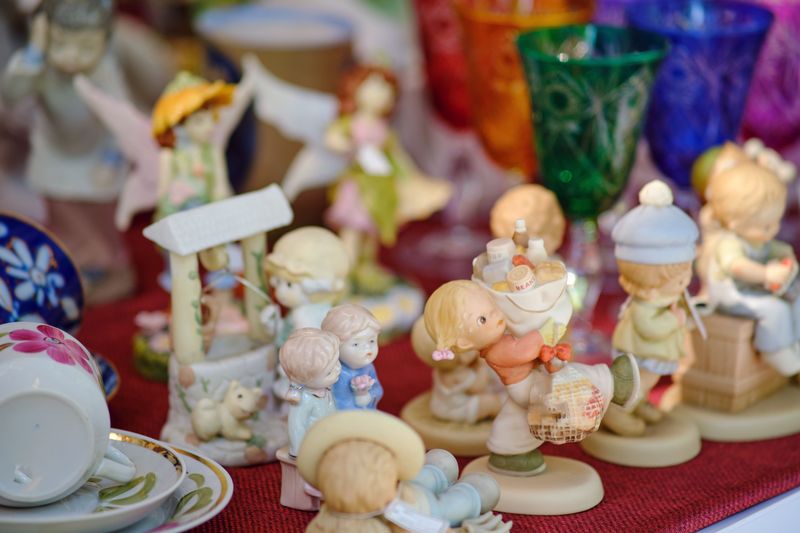
Those teardrop-eyed porcelain children that captured hearts in the 1980s and 90s are shedding real tears over their plummeting values. Secondary markets are flooded with these once-coveted collectibles.
Even limited editions and “retired” pieces struggle to maintain value. The saccharine sweetness that once appealed to collectors now feels dated, with many millennials and Gen Z buyers actively avoiding what they view as clutter.
5. Antique Silverplate Flatware
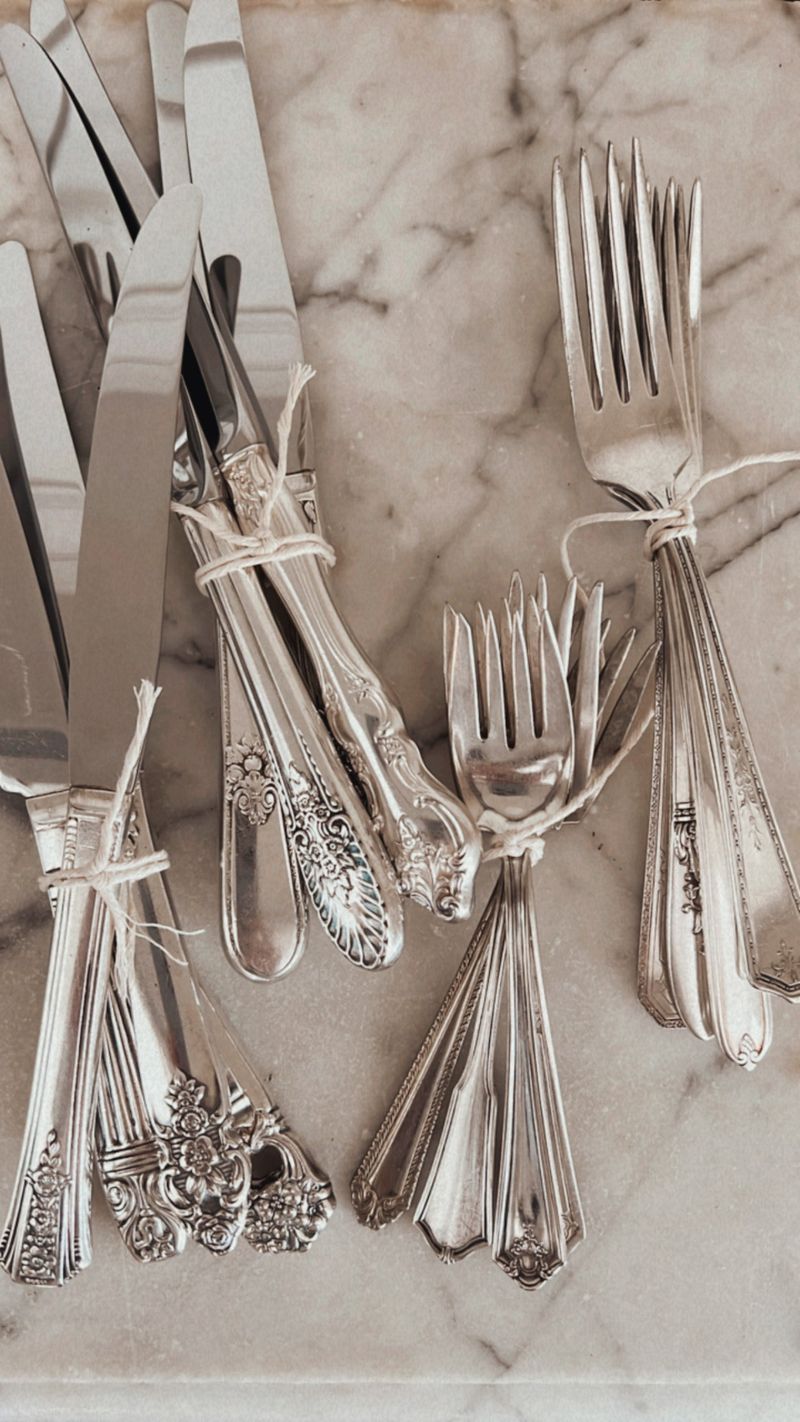
Grandma’s fancy silverplate is tarnishing in more ways than one. Complete sets of ornate flatware that required hours of polishing are rapidly losing appeal in our dishwasher-dependent world.
Practical concerns trump sentimentality for younger homeowners. The formal dining these sets were designed for has largely disappeared, and the maintenance required makes these once-treasured heirlooms more burden than blessing for modern households.
6. Early 2000s Limited Edition Collectibles
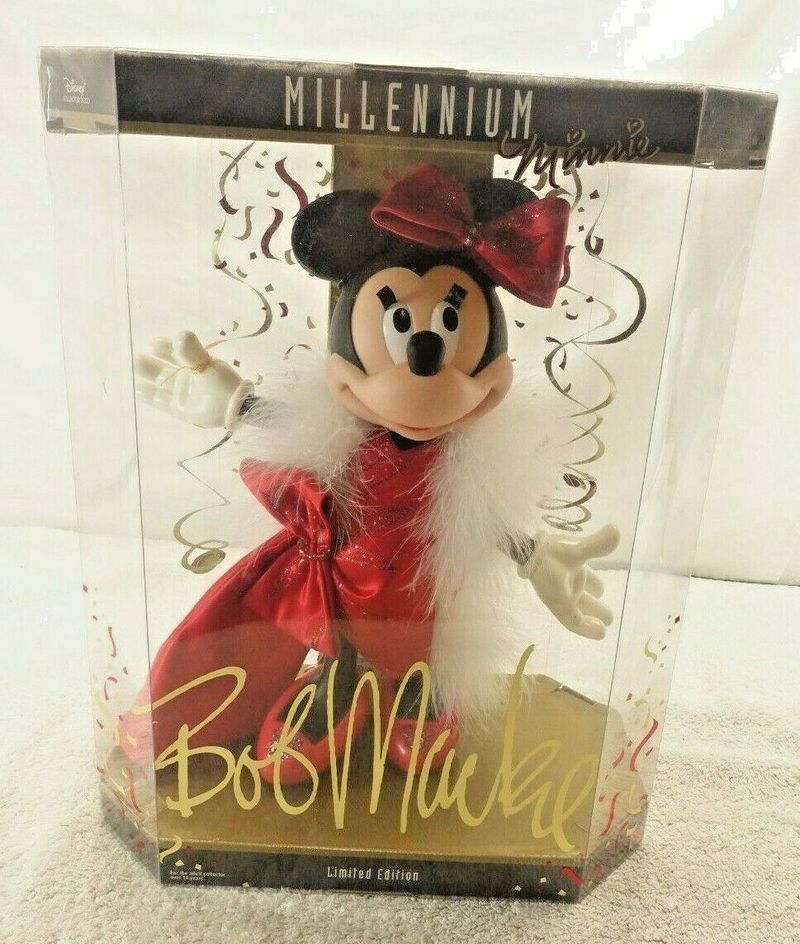
Remember when Beanie Babies were supposed to fund college educations? Those “limited edition” collectibles from the early 2000s weren’t so limited after all. Manufactured scarcity rarely translates to long-term value.
Items marketed specifically as collectibles almost never appreciate. This includes everything from commemorative plates to special edition dolls that promised exclusivity but were produced by the thousands.
7. Victorian Era Bric-a-Brac
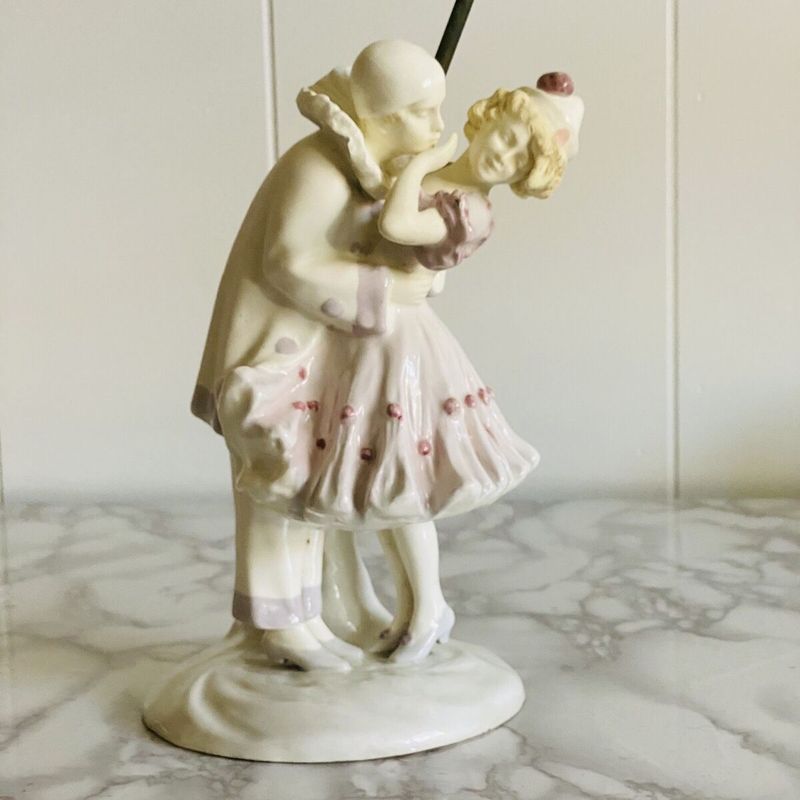
Those tiny porcelain shoes, hand-painted trinket boxes, and ornate figurines that Victorians loved? They’re gathering dust at estate sales everywhere. Items once displayed proudly in curio cabinets now struggle to find buyers at any price.
Modern homes lack dedicated display spaces for such items. The intricate detailing that made these pieces special now feels fussy and outdated to contemporary collectors who prefer cleaner aesthetics.
8. Antique Sewing Machines
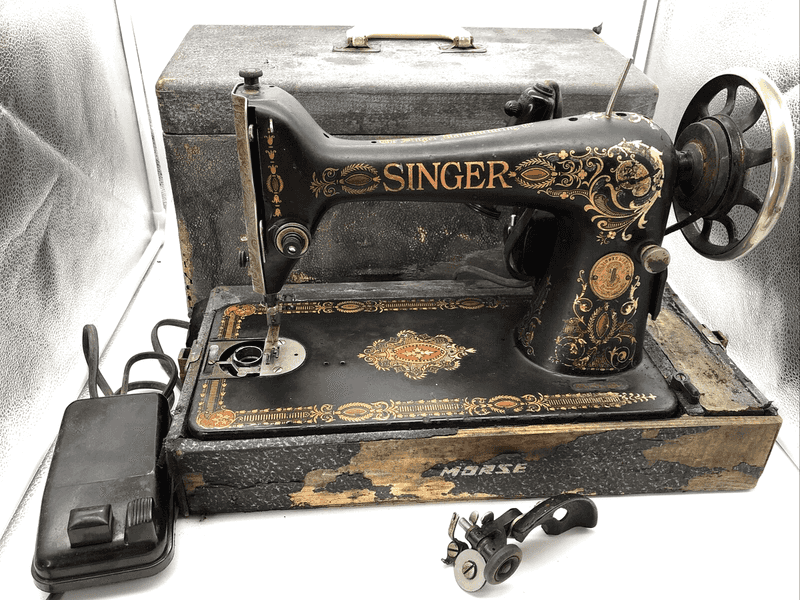
Singer and other antique sewing machines are unraveling in value. Those heavy cast-iron beauties with ornate detailing and wooden cases were once commanding $300-500 from enthusiasts and decorators.
Practicality issues and sheer weight make them difficult to ship or display. Only the rarest models maintain their worth, while common varieties like the Singer 66 or 99 now frequently sell for under $100, sometimes languishing unsold even at that price.
9. Commemorative Plates and Coins
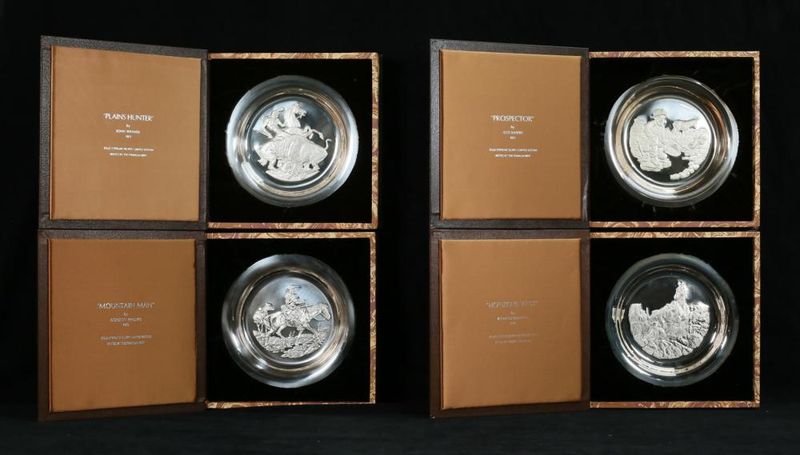
Franklin Mint collectors, brace yourselves. Those commemorative plates and coins advertised in magazines as “investments” are proving to be anything but. Most sell for a fraction of their original purchase price.
Mass production destroyed any genuine scarcity. Despite certificates of authenticity and limited edition numbering, these items were produced in such quantities that supply vastly exceeds demand, with new generations showing virtually no interest in continuing these collections.
10. Overstuffed Victorian Sofas
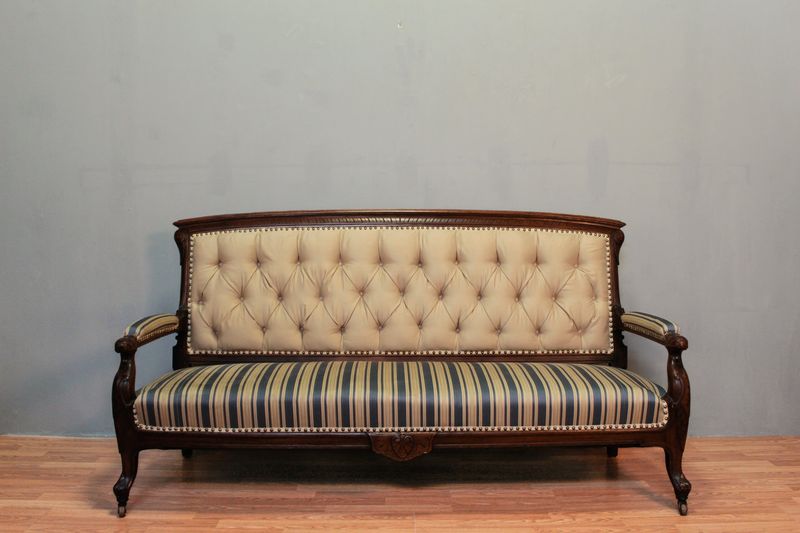
Those massive, ornately carved Victorian sofas with tufted upholstery are sitting lonely in antique shops. Once the pride of formal parlors, these behemoths don’t fit modern homes or lifestyles.
Reupholstery costs often exceed the furniture’s value. Smaller living spaces and casual lifestyles have dramatically reduced demand, with many pieces selling for less than the cost of the fabric needed to restore them.
11. Antique Upright Pianos

Those gorgeous oak and walnut upright pianos that once graced Victorian parlors are hitting a sour note in the antiques market. Moving costs alone can exceed $500, making these instruments practically free in many regions.
Maintenance and tuning add to the burden. Unless by a renowned maker like Steinway, most antique uprights now sell for a fraction of their restoration cost, with many being given away free just to avoid disposal fees.
12. Traditional Brown Furniture
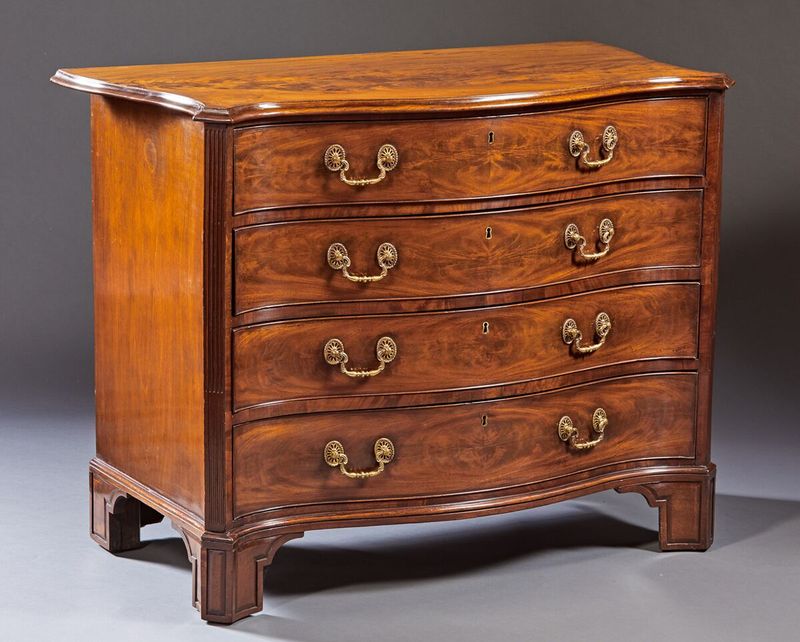
Dark mahogany dining sets and bedroom suites from the 1920s-1960s are facing a market collapse. Dubbed “brown furniture” by dealers, these once-expensive pieces now sell for a fraction of their original value.
Heavy, formal furniture doesn’t match modern casual lifestyles. Many auction houses report 70-80% price drops for these items over the past decade, with dining tables that once fetched $2,000 now selling for $200-300 when they sell at all.
13. Heritage Brand China Sets
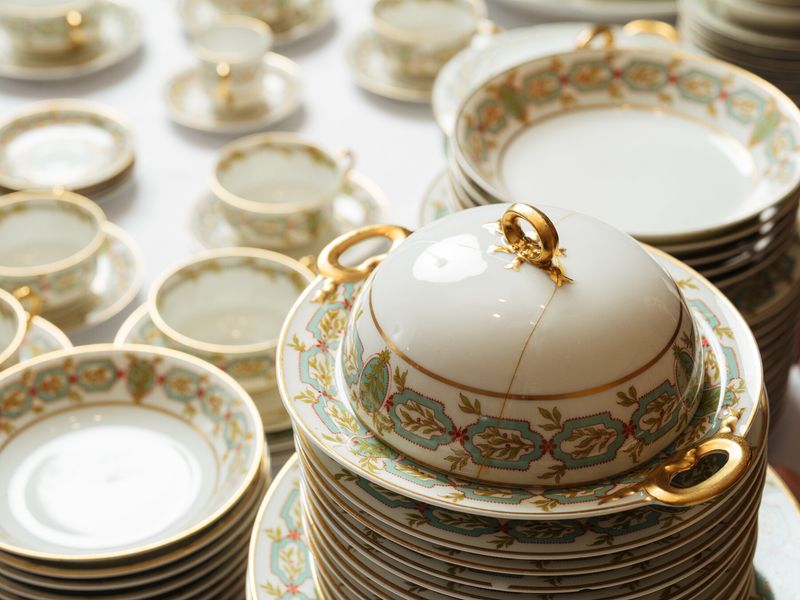
Complete sets of Lenox, Noritake, and Wedgwood china are crashing faster than dropped plates. Formal dining has fallen from favor, making 12-place settings of fine china seem as relevant as horse-drawn carriages.
Young couples rarely register for china anymore. This cultural shift has flooded the market with unwanted heirloom sets, with complete services that cost thousands now selling for a few hundred dollars if they sell at all.
14. Antique Heavy Cut Crystal
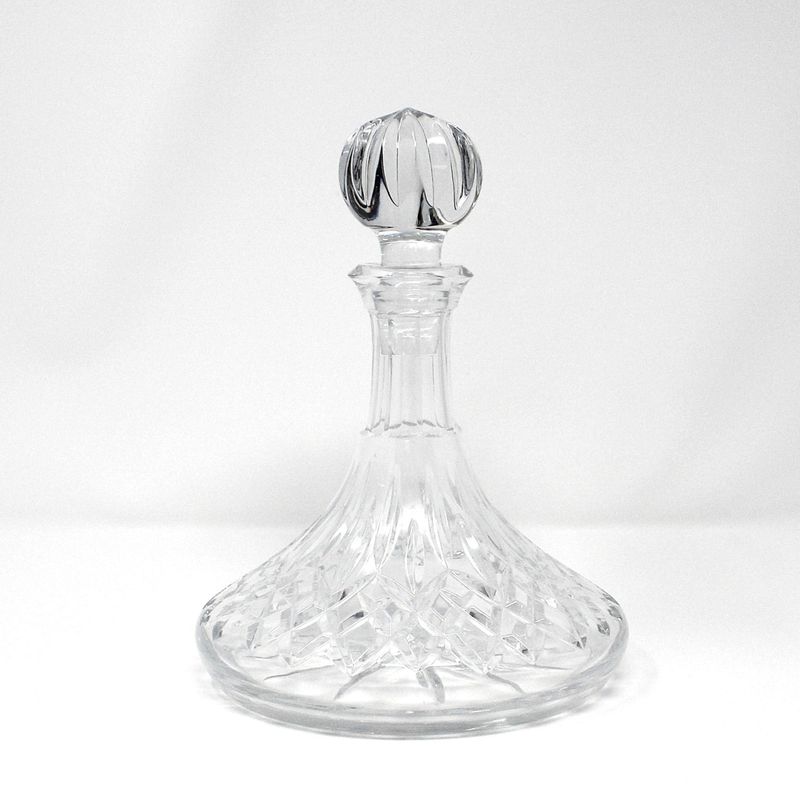
Those dazzling crystal decanters, vases, and candy dishes are losing their sparkle in the market. Heavy cut crystal from makers like Waterford and Baccarat requires hand washing and special care that doesn’t fit modern lifestyles.
Formal entertaining styles have changed dramatically. Younger generations prefer simple, dishwasher-safe glassware, sending prices for all but the rarest crystal pieces down by 50-70% over the past decade.
15. Ornate Silver Tea Services
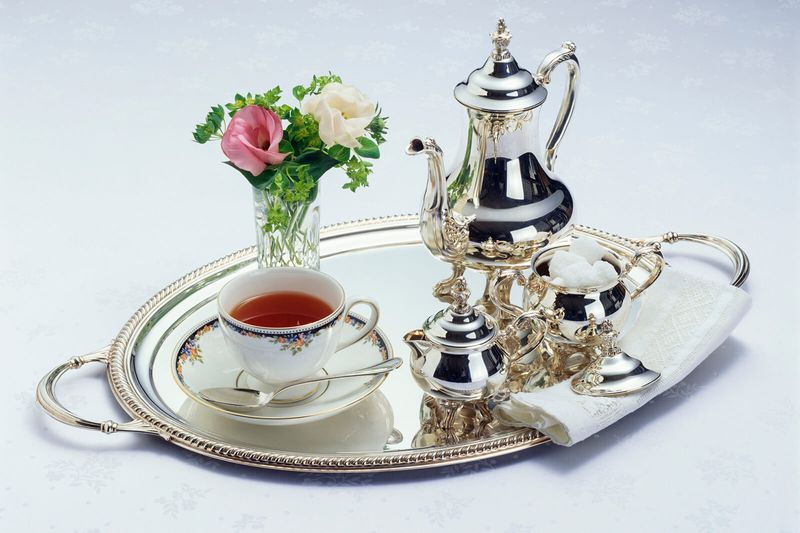
Silver tea services are pouring out value faster than Earl Grey at high tea. Complete sets with teapot, creamer, sugar bowl, and tray that once represented the height of entertaining elegance now gather dust in antique shops.
The maintenance burden is substantial. Regular polishing and special storage requirements make these sets impractical for modern homes, with many selling for little more than their melt value despite exquisite craftsmanship.
16. Mid-Century Department Store Furniture
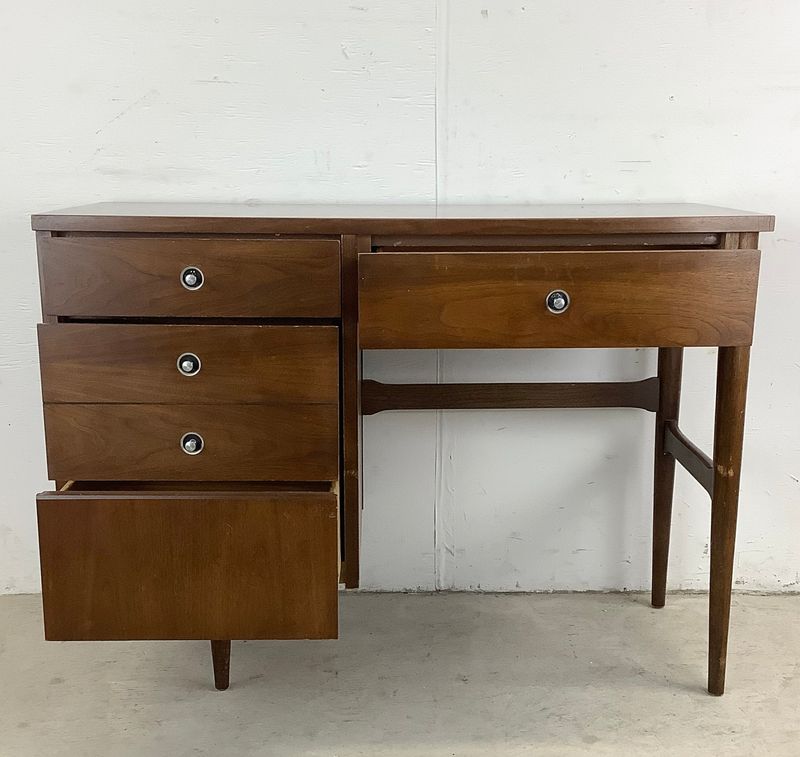
Not all mid-century is created equal. While pieces by named designers like Eames and Knoll command premium prices, mass-produced department store furniture from the same era is rapidly declining in value.
Quality issues plague these pieces. Veneers peel, joints weaken, and outdated finishes don’t appeal to serious collectors. The mid-century modern trend continues, but buyers are becoming more discriminating about maker and quality.
17. Outdated Electronics
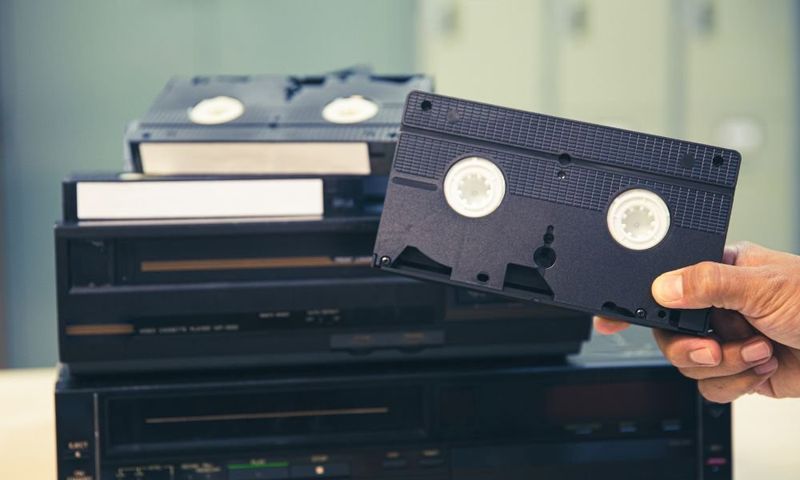
Those “vintage” electronics from the 1980s-90s you’ve been saving might be worthless junk, not valuable antiques. VCRs, early digital cameras, and first-generation iPods rarely command premium prices unless in mint condition with original packaging.
Technological obsolescence is the culprit. Most outdated tech becomes valueless when it can no longer perform its function or connect to modern systems, with only a tiny percentage achieving true collectible status.
18. Bradford Exchange Collectibles
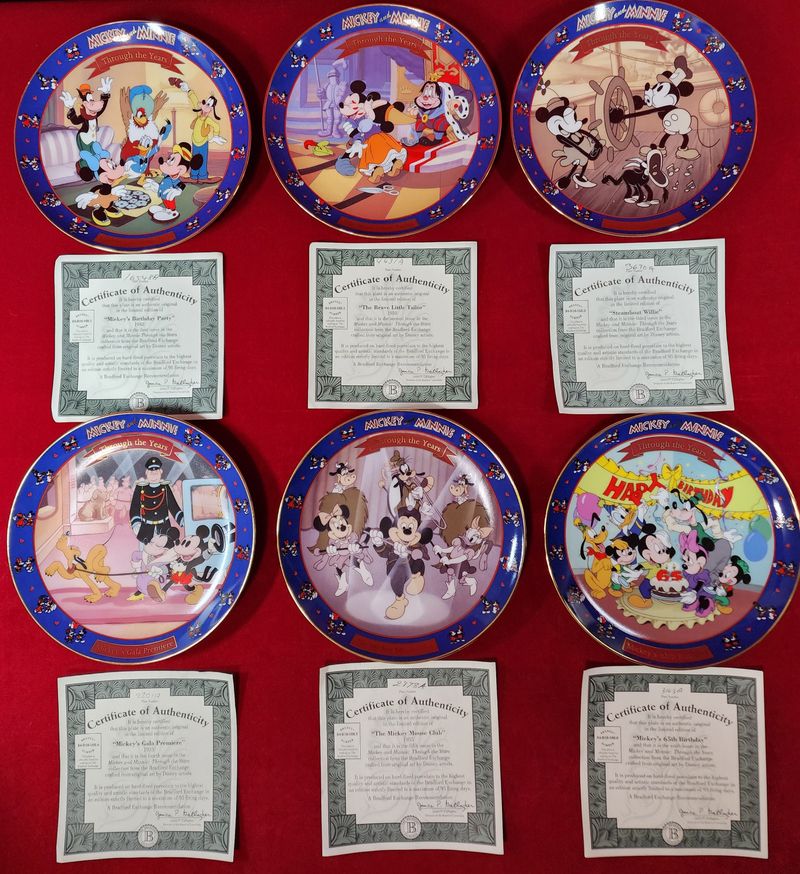
Those “limited edition” collector plates, figurines, and ornaments from Bradford Exchange and similar companies are becoming virtually worthless. Items marketed specifically as collectibles rarely maintain value, despite promises of appreciation.
Secondary markets are flooded with unwanted pieces. Many sell for 10-20% of their original purchase price, with some series that once commanded hundreds now available for less than the cost of shipping them to a new home.
19. Mass-Produced Vintage Costume Jewelry
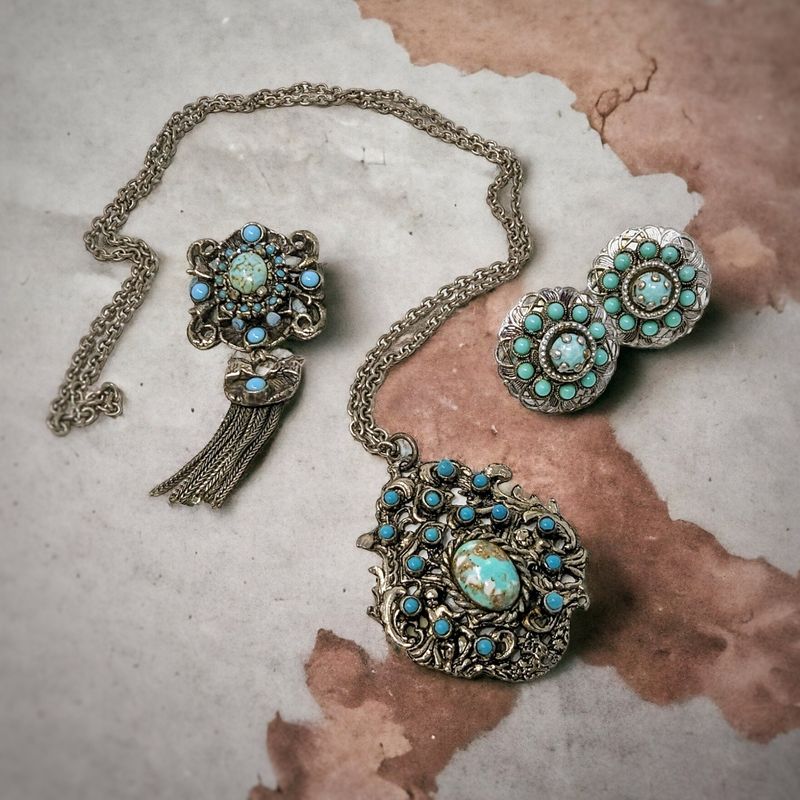
Common costume jewelry from the 1950s-80s is losing its sparkle in the collectibles market. While high-end signed pieces from designers like Miriam Haskell or Schiaparelli maintain value, unsigned costume pieces are plummeting.
Condition issues plague this category. Metal finishes tarnish, stones fall out, and clasps fail. Even well-preserved pieces struggle to find buyers unless they feature exceptional design or unusual materials.
20. Antique Tapestry Wall Hangings

Once a centerpiece in grand halls, antique tapestry wall hangings now face a decline. Despite their historical significance, the modern preference for minimalist decor leaves these detailed textiles behind. Many find their elaborate designs overwhelming, leading to less demand.
Collectors view these tapestries as relics, yet the younger generation prefers sleek and simple interiors. This shift in taste affects their desirability and, consequently, their value.
21. Antique Mantel Clocks
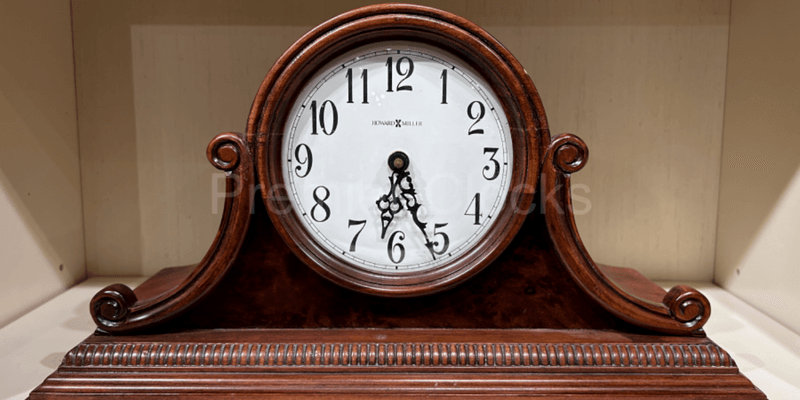
Ticking away time elegantly, antique mantel clocks once adorned opulent homes. Today’s digital age, however, renders them less practical. Their intricate designs are overshadowed by sleek, modern timepieces that offer more functionality.
Collectors still admire them for their craftsmanship, but practicality and tech-savvy designs dominate current preferences. Mantel clocks are thus losing their place in contemporary homes.
Interesting tidbit: These clocks were often gifted on special occasions, symbolizing prosperity. In an era of smart home devices, their charm is diminishing, affecting their market value.

